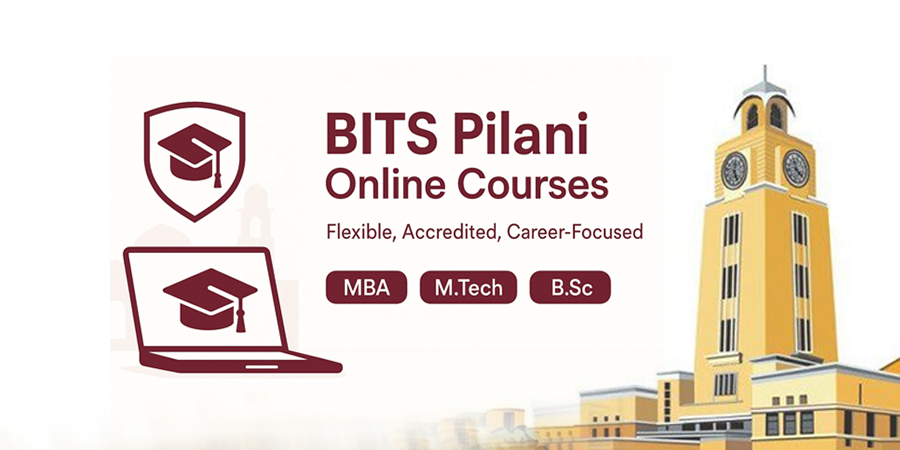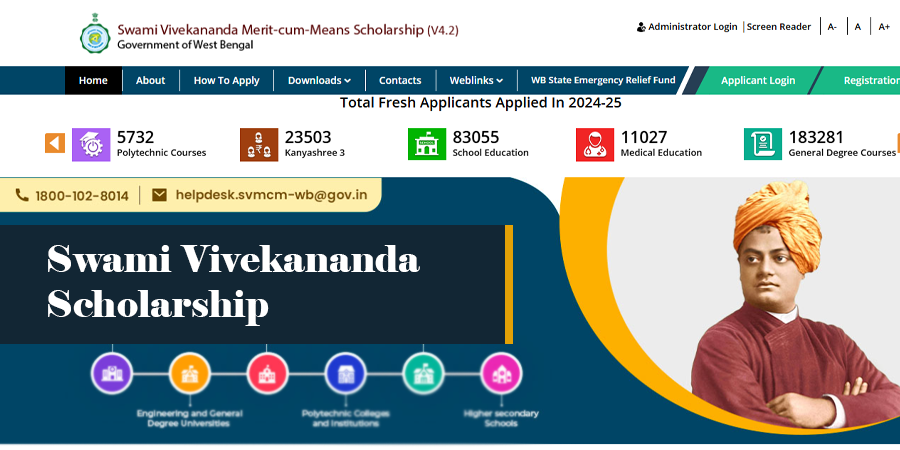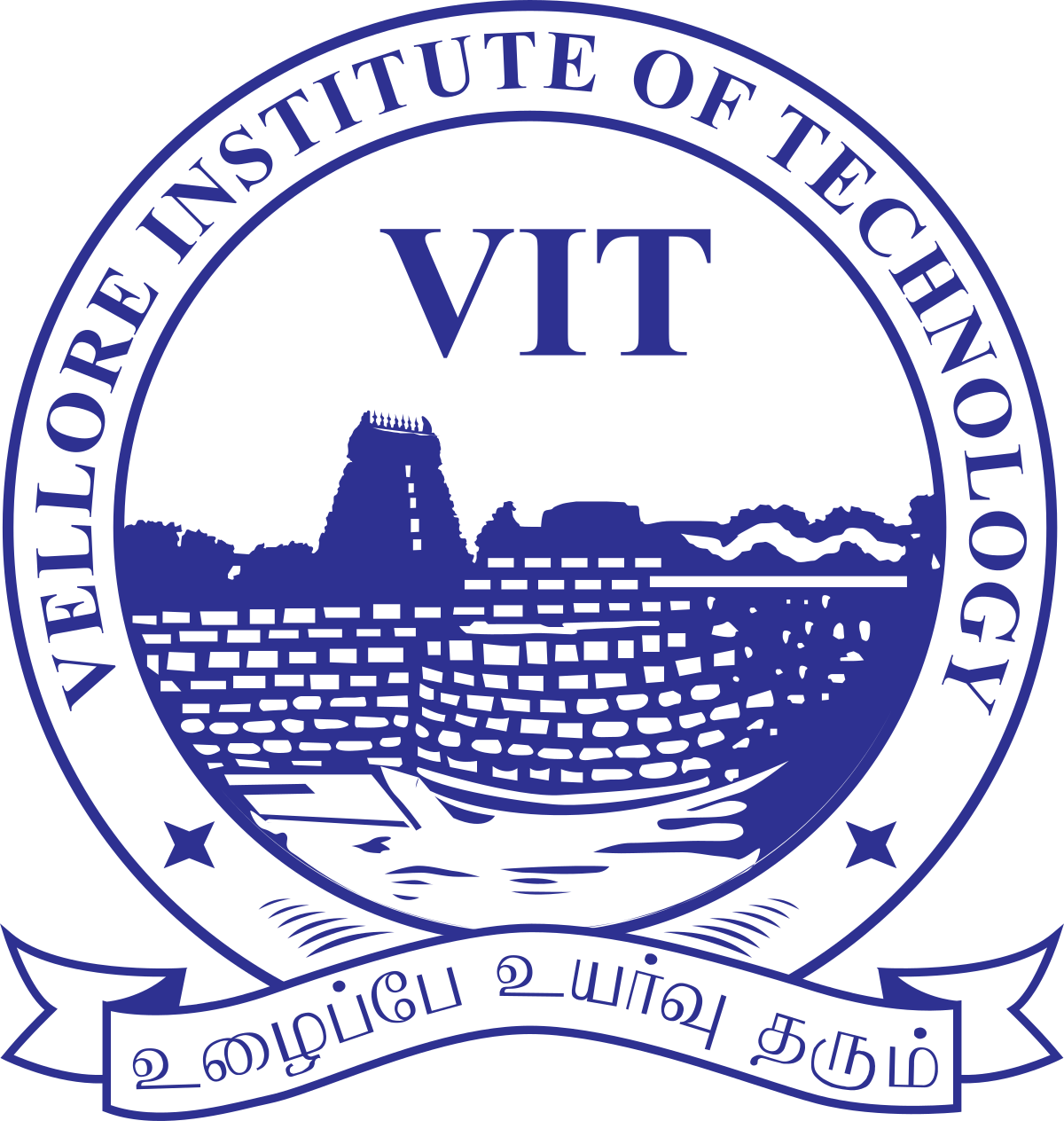They say necessity is the mother of invention, and honestly, that couldn’t be more true when we look at how education has evolved over the past few years. As technology is growing fast, our education system is also changing. The way we learn today is very different from how our parents studied. Online classes, recorded lectures, and study apps have already become common.
Today, education is not just accepting technology, it’s actively embracing it. Whether it’s AI (Artificial Intelligence) guiding us through adaptive learning platforms, AR (Augmented Reality) bringing textbooks to life, or VR (Virtual Reality) creating fully immersive classrooms, these tools are helping us learn better, faster, and in more engaging ways.
This Blog “The Future of Education: How Virtual Reality is Changing Online Learning” covers all the important aspects of VR that you should know about and its role in online education, we have also covered its benefits, challenges of implementing VR and what will be future of education with VR.
Current Trends in Online Education
Online Education is developing fast with the help of new tools and technologies. One of the biggest changes introduced is the use of Artificial Intelligence (AI), which helps create personalized learning. Learning with AI also involves virtual tutors who give you instant help and feedback, just like a teacher would.
Another popular trend introduced is microlearning, which includes micro-credential courses that are short and easy to understand. Mobile learning is also becoming more common, making it easy for students to learn anytime and anywhere.
The introduction of Virtual Reality (VR) and Augmented Reality (AR) is also making online learning more fun and exciting. Students can explore things like virtual labs or historical places without leaving their homes. Other trends like learning through games, studying in groups online, and learning new skills at any age are also becoming popular.
What Is Virtual Reality?
Virtual Reality (VR) is a type of technology that creates a computer-generated world you can see and interact with. When you wear a special VR headset, it feels like you are inside a different place — like a classroom, science lab, or even outer space — even though you’re just sitting in your room.
VR makes learning more fun and real. Instead of just reading about a topic or watching a video, you can experience it. For example, if you’re learning about the human body, you can take a virtual tour inside it and see how everything works. This kind of learning helps you understand better and remember things more clearly.
Role Of Virtual Reality In Online Education
Virtual Reality is not just a cool technology — it’s becoming a powerful learning tool, especially for online education. It helps turn regular lessons into exciting experiences that are easier to understand and remember.
- Immersive and Fun Learning: With VR, students can step into a virtual world and actually experience what they’re learning. Imagine walking through a historical site, exploring the human body, or visiting space — all from your room! It makes learning more real, engaging, and fun.
- Better Understanding and Memory: Instead of just reading or watching, students get to do things in VR — like touching, moving, and exploring objects. This hands-on style helps students remember things better and makes even tough topics easy to grasp.
- Personalized and Inclusive Learning: VR can adjust to your speed and style of learning. Whether you want to go slow or fast, repeat a lesson, or focus more on one topic, VR supports that. It also helps students with physical disabilities by creating a more accessible and equal learning environment.
- Group Work and Interaction: Even in online classes, students can work together in virtual spaces. VR makes it possible to discuss ideas, solve problems as a team, and stay socially connected, just like in a real classroom.
- Support for Teachers: VR is not only helpful for students. Teachers can also use it to try new teaching methods, create interactive lessons, and improve how they explain things.
Key Benefits of VR in Online Education
- Makes Learning Fun and Interactive
Instead of just reading or watching, students can actually “experience” what they’re learning. This keeps them more interested and focused during class. - Helps Understand Difficult Topics
Complex subjects like science, maths, or history become easier when you can see and explore them in 3D. It helps students learn faster and remember better. - Safe Practice Environment
Students can practise real-life situations — like lab experiments or medical procedures — without any danger. This builds confidence and practical skills. - Supports All Types of Learners
Everyone learns differently. Some understand better by seeing, some by doing. VR can match your learning style, making it easier to grasp tough concepts. - Increases Student Confidence
With hands-on virtual practice and instant feedback, students become more confident in their abilities and less afraid of making mistakes. - Improves Focus and Motivation
VR lessons are engaging and exciting, which helps students stay focused and motivated, especially in long online sessions. - Breaks Geographical Barriers
Students in remote areas can now access world-class education experiences, just like those in big cities — all they need is an internet connection and a VR setup.
Challenges of Implementing VR in India
- High Cost of VR Equipment
VR headsets and tools are still expensive for most schools, colleges, and students in India. This makes it hard to introduce VR on a large scale. - Lack of Internet and Tech Access
In many rural areas, fast internet and digital devices are still not easily available. Without these, using VR in online learning becomes difficult. - Limited Awareness and Training
Many teachers and students are still unaware of how VR works or how it can be used in education. Also, proper training is needed to use VR tools effectively. - Language and Content Limitations
Most VR content is in English or made for global audiences. India needs more region-specific and language-friendly content to connect with a wider student base. - Infrastructure Gaps
Not all schools or institutions have the facilities to support VR technology, like computer labs, power backup, or tech support staff.
Health Concerns and Screen Time
Some students may experience discomfort like eye strain or dizziness when using VR for long hours. Managing screen time and usage is important.
The Future of Education with VR
The future of education in India, with the presence of virtual reality, is bright. As technology gets better day by day, VR is changing the way we learn. We can expect that soon we will see more virtual classrooms where students can interact with teachers, attend lessons, and even do experiments all from their comfort zone.
In the future, VR will also help students in remote areas. Even if you’re living in a small village, VR could give you access to top universities and learning experiences that were once only available to students in big cities.
Another cool development we might see is VR combined with Artificial Intelligence (AI). This would allow students to have a virtual tutor who adapts lessons to their pace and style. It means everyone could get a more personalized education experience.
Relatable Blog
Conclusion
The future of education in India looks very promising as the technology keeps growing, and it’s becoming easier for both students and teachers to use these tools in their daily learning. We now have new tools like Artificial Intelligence and Virtual Reality, which are helping to improve the learning experience of students.
Even VR is making a big difference by providing students a more practical way to learn, especially when it comes to difficult topics. In upcoming years, we can expect these technologies to reach more people, making quality education easier to access for students not just in India, but across the globe.
Frequently Asked Questions
Q1. What is Virtual Reality in education?
Ans. Virtual Reality (VR) in education allows students to experience learning in 3D worlds, like visiting historical sites or exploring science labs all in virtual mode.
Q2. How can VR improve online learning?
Ans. VR makes online learning more interactive and fun. Instead of just watching videos, students can experience what they’re learning.
Q3. Is VR affordable for students in India?
Ans. Right now, VR equipment can be expensive, and it is not easily available for all students in India. However, as technology advances, the prices should come down, making it more affordable in the future.
Q4. What challenges does VR face in Indian education?
Ans. The biggest challenges are the high cost of VR equipment, poor internet in some areas, and limited awareness of how VR works in education.
Q5. Will VR be a common part of online education in the future?
Ans. Yes, as the technology improves and becomes more affordable, VR will likely become a common tool in online education, helping students learn in new and exciting ways.


















